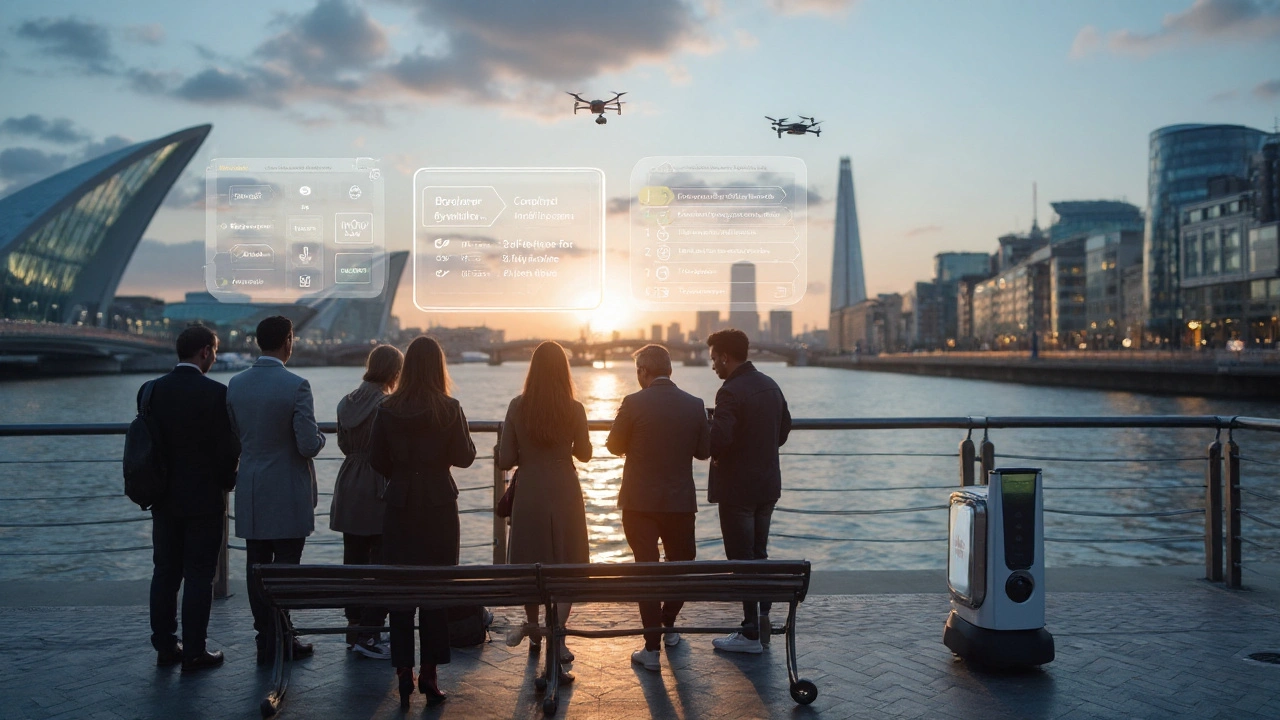What Neo‑Futurism really means for today’s tech: clear principles, practical steps, examples, checklists, and FAQs to help teams design products that feel truly future-ready.
Modern Tech Design: Cutting‑Edge Architecture Explained
When you walk through a city and see a building that seems to glow, moves, or reacts to the weather, you’re witnessing modern tech design at work. It’s not just about flashy looks; it’s about using the latest tech to make spaces greener, smarter, and more comfortable. Below we break down the main ideas, show real examples, and give you tips to spot tech‑driven design wherever you go.
High‑Tech Architecture: Glass, Steel, and Smart Systems
High‑tech architecture puts materials like glass and steel front and center, but the real magic is inside the walls. Sensors monitor temperature, light, and even air quality, automatically adjusting blinds or HVAC to save energy. Think of the Louvre Pyramid or the Shard in London – the structures look sleek, and behind the scenes they use sophisticated systems to stay efficient. If you see a building with integrated solar panels or a façade that changes color with the sun, you’ve found a high‑tech example.
Neo‑Futurism and the Future of Buildings
Neo‑futurism pushes the idea that architecture can look like something from a sci‑fi movie while still being practical. Curvy shapes, 3D‑printed components, and augmented reality interfaces are common. Projects like the Beijing Galaxy SOHO or the Dubai Museum of the Future combine daring forms with renewable tech, showing that tomorrow’s design can be both bold and sustainable. Spotting neo‑futurist work often means looking for organic lines, high‑performance materials, and a clear focus on user experience.
Constructivist architecture, although born in the early 20th‑century Soviet Union, also influences modern tech design. Its emphasis on functional geometry and exposed structure inspires today’s modular buildings and prefabricated units. When you see a warehouse turned into a loft with exposed steel ribs and clear, open spaces, you’re seeing a constructivist ripple in a contemporary setting.
So how can you apply these ideas in your own life? Start by asking two simple questions when you enter a building: Does it adapt to my needs? Does it use technology to reduce waste? If the answer is yes, the space likely follows modern tech design principles. Look for visible sensors, smart lighting, or even just a building that feels naturally cool in summer without blasting air‑conditioning.
Modern tech design isn’t a passing trend; it’s reshaping the way we live, work, and play. By understanding its core ideas—high‑tech materials, smart systems, and forward‑thinking forms—you’ll be better equipped to appreciate the buildings around you and maybe even bring a bit of that innovation into your own projects.

